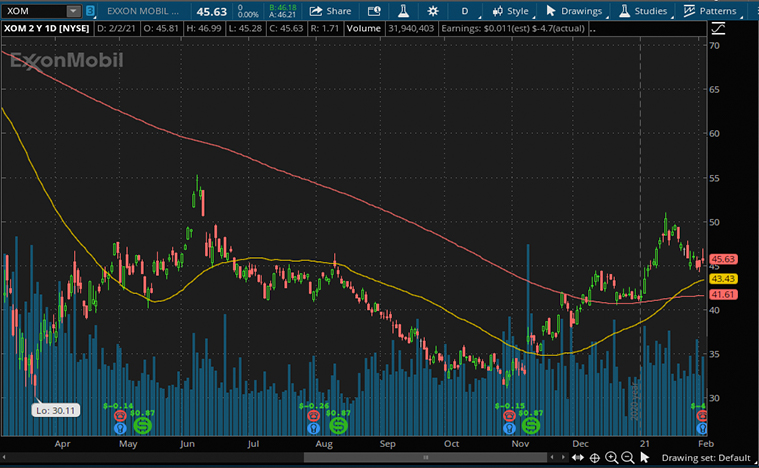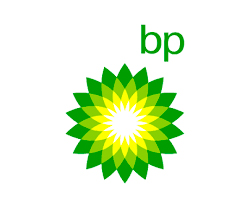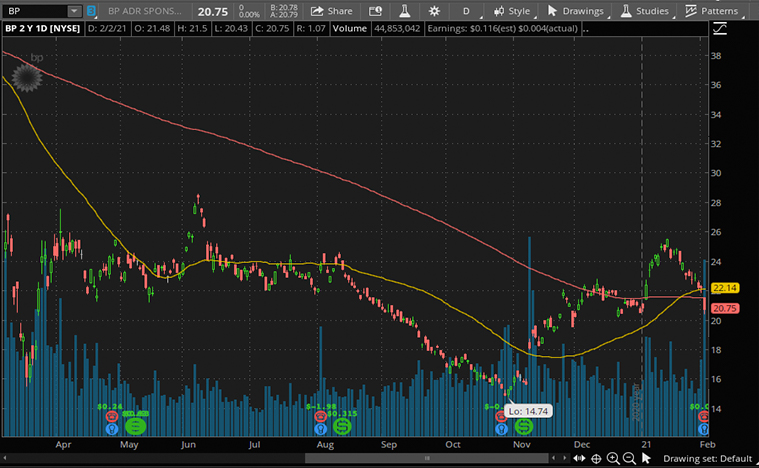2 Top Oil Stocks To Watch As Oil Prices Continue To Rise
During the onset of the coronavirus pandemic, oil stocks were one of the sectors that investors were fleeing from. Perhaps, it could be because the price of crude oil fell below zero, an unprecedented phenomenon. But more simply, with fewer people on the road as a result of lockdown measures, the demand for oil declined. While the oil industry is finally recovering from COVID-19, oil prices are holding steady at over $50 per barrel. But it’s still not enough to entice investors back into the space.
Like it or not, the world still needs a lot of oil. The demand for oil products from construction and medical devices to solar panels is continuing to increase. We have headlines telling us renewables are on track to replace fossil fuels and move toward a low carbon future. Such remarks appear to give the notion that the best days of the oil and gas industry are behind us. But what they didn’t know is, the next big energy transition can’t happen without fossil fuels. Even the electric vehicle boom we see in the stock market today is dependent on fossil fuels. Why? Because nearly half of the materials are made up of plastics from the petrochemicals industry.
These oil companies may have fallen to the wayside today, but investors should note that millions of products that are manufactured with oil and gas derivatives today certainly cannot be replaced with renewables. Even though top oil stocks like Exxon Mobil Corp. (NYSE: XOM) and BP PLC (NYSE: BP) have reported unsatisfactory results, there’s a great chance oil demand could rebound in 2021 and benefit from higher oil prices in the future. Having said that, which is a better oil stock for investors in the face of serious industry headwinds? Here are some facts to consider before you make the final call.
Read More
- Could These 4 Biotech Stocks See A Short Squeeze This Week?
- Virgin Galactic (SPCE) Stock: Here’s What Investors Need To Know
ExxonMobil Corporation
The coronavirus pandemic hasn’t been kind to many in the sector, and Exxon is no exception. The oil giant is posting its first annual loss in at least 40 years. The company said it lost $20.1 billion during the most recent quarter, its fourth straight quarter of losses as the company muddles through the pandemic. The company reported 3 cents of earnings per share during the fourth quarter. That was better than analysts’ estimate of 1 cent. Revenue, however, came up short of expectations at $46.54 billion compared to Wall Street’s estimates of $48.76 billion.

“The focus will remain on cash-flow generation and while it wasn’t great in the quarter, Exxon did provide guidance on covering the dividend with oil at $50 a barrel,” Giacomo Romeo, a London-based analyst at Jefferies International Ltd.
The company is also reportedly moving toward a cleaner future. Just yesterday, the company unveiled plans to create a new business to commercialize its low-carbon technology portfolio, including hydrogen. This shows that this oil giant has more than a few tricks up its sleeves. And that is more crucial than ever to prevent the company from falling behind its rivals.
[Read More] Top Stocks To Buy Right Now? 4 Consumer Stocks To Watch This Week
Exxon (XOM) Stock Is Sitting On A Gold Mine In Guyana
For the uninitiated, Exxon’s first discovery in the Guyana-Suriname Basin came in 2015. By December 2019, the company had begun production at the Liza oilfield in the Stabroek Block. Exxon had gotten to its 18th major discovery in this block as of September 2020. By 2026, Exxon plans to be producing more than 750,000 barrels per day from this block.

The selling point here is the cheaply extracted oil. The breakeven costs on Stabroek are low. In fact, it can sustain a low oil price as the breakeven is just $35 per barrel. Meaning, Exxon is looking at a nice profit margin even if the oil price takes a light punch from any other macro events that materially affect the oil prices.
[Read More] Looking For The Top Entertainment Stocks To Watch Right Now? 2 Reporting Earnings Tomorrow
BP Plc
Energy giant BP also reported a weaker than expected full-year net loss. The company reported a full-year loss of $5.7 billion, down from a profit of $10 billion in 2019. This was simply due to lower oil prices, exploration write-offs, and depressed demand during the coronavirus pandemic.

But it wasn’t all bad news. The group actually returned to profitability during the final quarter of the year, albeit a tiny of $115 million. The company’s net debt also fell from $45.5 billion to $39 billion last year. While the earnings numbers may not be pretty in the past year, we are seeing a gradual recovery from the company.
“We have had the worst recession, I guess, in the world since the ’40s. It was a brutal year, I think, for the oil business — negative prices, fuel demand down 14%, aviation down 50%, and of course we had adjustments to our planning prices which resulted in impairments and write-offs.”- Bernard Looney, CEO of BP
Shifting Toward Clean Energy
The company is in the midst of restructuring amid the turmoil from the pandemic. From there, you could expect to witness one of the fastest corporate transitions in the industry as it moves toward a heavily renewable asset base. BP plans to raise its developed renewables by 20 times. It is also looking to double its traded electricity.

The company plans to grow its bioenergy and hydrogen operations rapidly. That’s besides increasing EV touchpoints significantly. Certainly, the company is using its resources carefully to overhaul its portfolio. With that, it might just be able to keep up with the times.
Bottom Line
All in all, neither Exxon nor BP is a particularly great option for more conservative investors right now. The world is struggling to curb the spread of the novel coronavirus. Besides, mutations of the coronavirus strain pose a great threat to a speedy rebound in oil demand.
What Exxon is trying to accomplish today may be less drastic than what BP is currently doing. With lower debt, however, the chances of Exxon muddling through the pandemic could be higher. Sure, there’s a chance of a dividend cut. But Exxon might be better than BP, which has already done so. Indeed, in the midst of a deep downturn in the industry, BP’s attempt to radically remake its business is bold. But it is not without risk. That’s considering the company’s high leverage and lackluster history with its previous clean energy initiatives.








